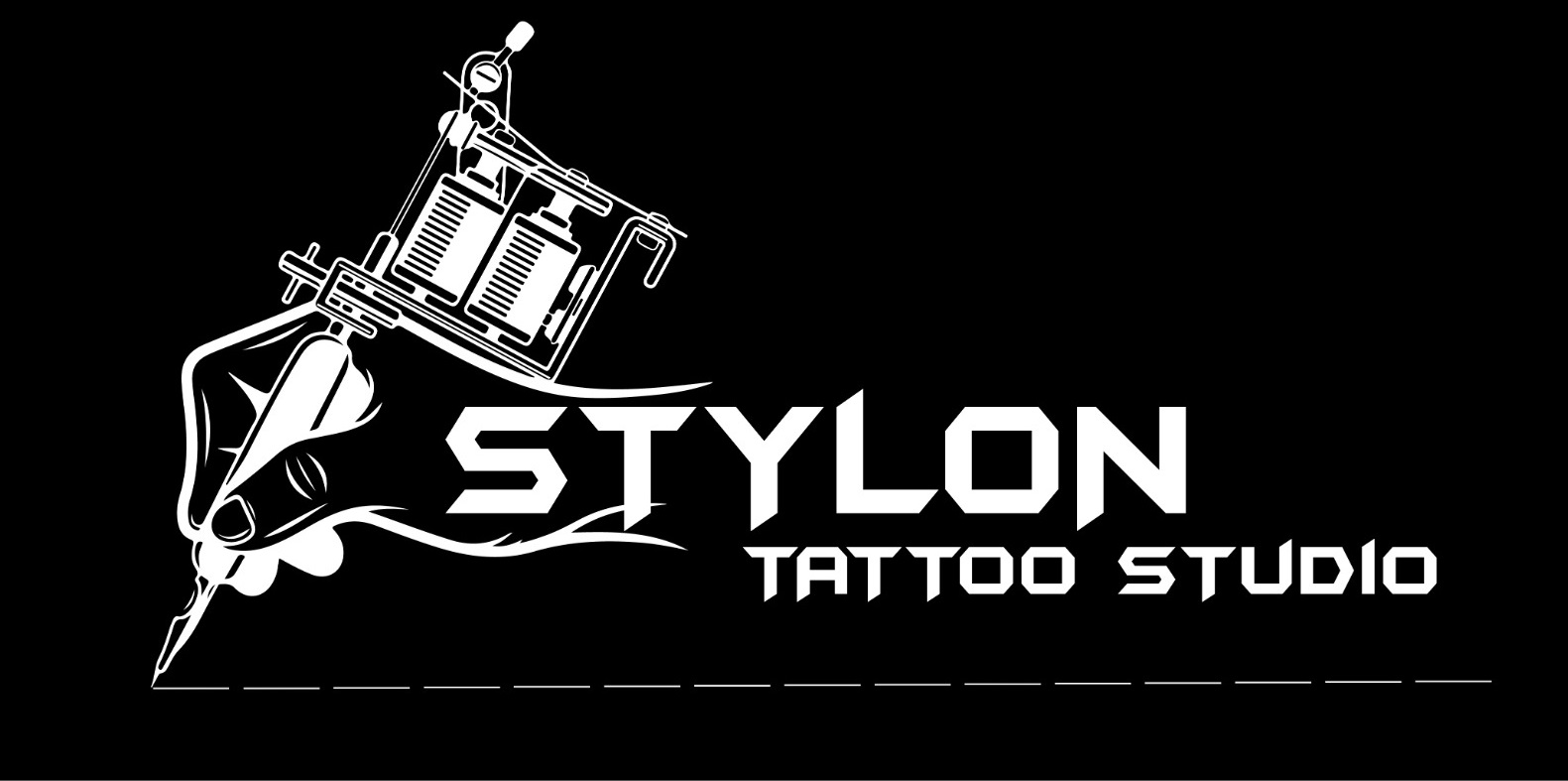
Piercing
Body piercing is the process of making an opening or hole in the body for jewelry to be inserted, usually for decorative or decorative purposes, parts of the body may be pierced, and over time, how the popularity of various disposables has improved . Body piercing has cultural, historical and personal significance, individuals choose to wear it for a variety of reasons ranging from self-expression, clothing to cultural and religious traditions Some of the main components of body implants are: Procedure: The piercing is usually done with a sterilized needle or hollow piercing needle, which makes a hole through the tissue Some piercers use a small gauge used for initial exploration of the body, followed by jewelry penetration. Jewelry: After the piercing is done, a piece of jewelry is inserted into the opening. Typical types of jewelry include bands, rings, barbells, captive beads, and other decorative items. The choice of jewelery can depend on the style and personal preference. Treatment Procedure: The healing time for a piercing varies depending on the location and type of piercing. Careful follow-up is essential to prevent infection and ensure the success of treatment. Aftercare instructions usually include cleansing the excavation with saline solution to avoid irritants.
- Popular Piercings:
- Ear Piercings: Earlobe, helix, tragus, conch, and cartilage piercings are common.
- Facial Piercings: Nose, septum, eyebrow, lip, and tongue piercings are popular.
- Body Piercings: Navel (belly button), nipple, and genital piercings fall into this category.
- Surface Piercings: Placed on flat surfaces of the body, often with visible entry and exit points.
- Cultural and Religious Significance: Many cultures and religions have practices related to body piercing, with piercings symbolizing rites of passage, cultural identity, or religious devotion.
- Self-Expression: Individuals often choose body piercings as a form of self-expression, allowing them to showcase their unique style and personality.
- Professional Piercers: Body piercings should be performed by trained and licensed professionals who follow strict hygiene and safety standards. A professional piercer should use sterile equipment and provide clear aftercare instructions.
- Temporary vs. Permanent Piercings: Some piercings, such as those done with temporary jewelry or piercings for specific events, may be temporary and not intended for long-term wear.
- Trends and Styles: Trends in body piercing styles and preferences evolve over time. Certain piercings may become popular at different periods, influenced by fashion, celebrities, or cultural shifts.
It’s important for individuals considering body piercings to research the type of piercing they want, choose a reputable piercer, and follow proper aftercare practices to ensure a positive and healthy piercing experience.
Complement your ink with our professional piercing services. From subtle to bold, our piercers ensure a safe and stylish experience.
There are numerous types of body piercings, each offering individuals the opportunity for self-expression and adornment. Here are some common types of body piercings, along with their locations:
- Ear Piercings:
-
- Lobe Piercing: The most common type of ear piercing, typically located on the earlobe.
- Helix Piercing: A piercing along the outer rim of the ear.
- Tragus Piercing: Located on the small, cartilage flap just in front of the ear canal.
- Conch Piercing: Positioned in the central part of the ear’s cartilage.
- Facial Piercings:
-
- Nose Piercing: Placed on either side of the nostrils.
- Septum Piercing: Located in the cartilage between the nostrils.
- Eyebrow Piercing: Placed vertically or horizontally through the eyebrow.
- Lip Piercing: Various types include Monroe, Medusa, and Labret piercings.
- Oral Piercings:
-
- Tongue Piercing: Placed horizontally through the tongue.
- Smiley Piercing: Positioned on the upper frenulum inside the mouth.
- Lip Piercing: Variations include vertical labret, horizontal labret, and snake bites.
- Navel Piercing:
-
- Navel Piercing (Belly Button): Placed through the rim of the navel.
- Nipple Piercing:
-
- Nipple Piercing: Placed horizontally or vertically through the nipple.
- Surface Piercings:
-
- Surface Piercings: Placed on the surface of the skin rather than through a specific body part. Examples include nape piercings or wrist piercings.
- Dermal Piercings:
-
- Dermal Piercings: Also known as microdermal or surface anchors, these piercings are implanted under the skin with a visible decorative top.
- Industrial Piercing:
-
- Industrial Piercing: Involves two piercings connected by a single barbell, usually in the upper ear cartilage.
- Ear Cartilage Piercings:
-
- Rook Piercing: Located in the inner ridge of the ear.
- Daith Piercing: Placed in the innermost fold of the ear.
It’s important to note that the healing process for piercings can vary, and professional aftercare is crucial to prevent infections. Additionally, the availability of certain piercings may depend on individual anatomy and the expertise of the piercer. Always consult stylon tattoo studio piercer and follow their guidelines for care to ensure a safe and successful piercing experience.

